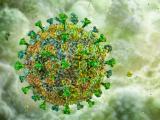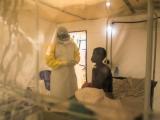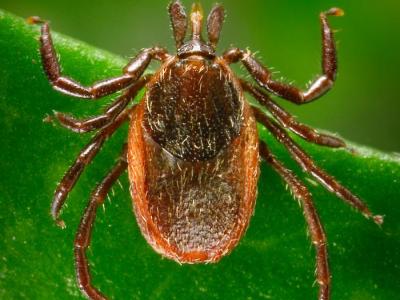Nov 10, 2005 (CIDRAP News) After a harrowing year of trying to stop the spread of the lethal Marburg virus, Angola has declared itself free of Marburg hemorrhagic fever, according to news reports.
The number of deaths has been revised downward from 329 to 227, according to South Africas News24.com. However, Angolas outbreak remains the largest Marburg epidemic in history. In addition, the case-fatality rate, which stood at 88% at last report, actually rose to 90% even as the case numbers fell. The Angolan government now says that 227 of 252 infected people died.
The outbreak began in October 2004 in Uige province, in northern Angola, but it was not identified as Marburg until March 2005. Cultural practices and the lingering effects of civil warfrom landmines to a decimated healthcare systemhampered efforts to stop the outbreak.
The Angolan health ministry and the World Health Organization (WHO) said they recorded the last Marburg cases on July 27. An outbreak is considered to be over once there are no new infections for a period twice as long as the pathogen's maximum incubation time, which in this case is 21 days.
After more than 45 days of no new cases, we can say we recommend that the epidemic be declared over, said Fatumata Diallo of the WHO, as quoted by News24.com. However, Diallo said Angola must improve its health surveillance.
When the outbreak was identified, the province had one hospital and four doctors for 1.5 million people in the region, so response relied on foreign assistance, News24 reported. Although cases were reported in 5 of Angolas 18 provinces, investigations showed most of the infections occurred in Uige.
Among those who died in the outbreak were 2 doctors, 16 nurses, and 5 traditional healers, according to Angolan Health Minister Sebastiao Velosos comments to News24.
There is no cure for Marburg fever, a viral hemorrhagic fever similar to Ebola. Besides fever and weakness, early symptoms include severe diarrhea, abdominal pain, nausea and vomiting, severe chest pain, sore throat, and cough, according to the WHO. The incubation period is 3 to 9 days. Contact with bodily fluids of infected people is the main risk factor for infection.
The disease was first seen in 1967 in German and Yugoslavian laboratory workers who had been exposed to green monkeys imported from Uganda. However, researchers have not been able to identify its primary animal reservoir between the rare outbreaks.
See also:
Apr 7, 2005, CIDRAP News story "WHO cites barriers to halting Marburg outbreak in Angola


















